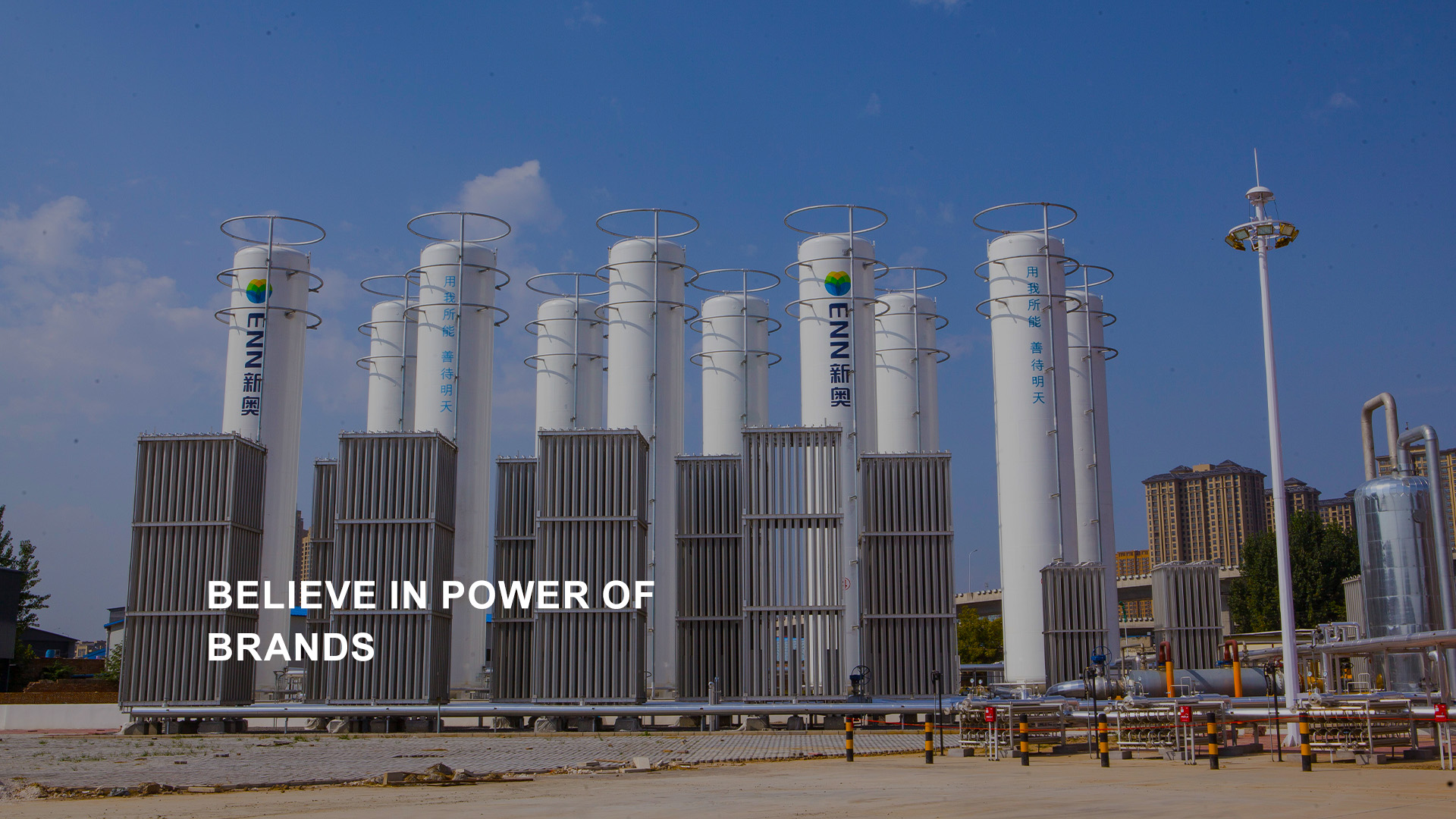
Nov . 08, 2024 03:17
Back to list
Electric Control Valve for Enhanced Flow Regulation and System Efficiency
Understanding Electric Regulating Valves Importance and Applications
Electric regulating valves play a crucial role in various industrial processes by regulating the flow of liquids and gases. These valves employ electric actuators to precisely control the opening and closing mechanism, ensuring that the system operates efficiently and safely. With advancements in technology, electric regulating valves are becoming increasingly popular in a broad range of applications, from HVAC systems to industrial automation.
Components of Electric Regulating Valves
An electric regulating valve consists of several key components the valve body, the actuator, and the control system. The valve body is the physical structure that channels the fluid, while the actuator is responsible for adjusting the valve's position based on received electrical signals. The control system, usually a programmable logic controller (PLC) or a distributed control system (DCS), processes data from sensors and dictates the actuator's movement.
One of the most significant advantages of electric regulating valves is their ability to provide precise control. Unlike pneumatic valves, which rely on compressed air, electric valves can achieve finer resolution in position adjustments. This capability makes them ideal for sensitive applications where flow rate variability must be minimized.
Benefits of Electric Regulating Valves
1. Precision Control Electric regulating valves offer remarkable accuracy in flow regulation, making them suitable for processes that require tight flow control. This precision helps in maintaining optimal process conditions, leading to improved product quality.
2. Reduced Energy Consumption With the ability to manage flow rates effectively, electric regulating valves can minimize energy consumption. They can be programmed to adjust automatically based on real-time process needs, thus reducing operational costs.
electric regulating valve

3. Remote Operation Electric valves can be integrated into automation systems, allowing for remote monitoring and control. This feature enhances operational efficiency and safety, especially in hazardous environments where manual intervention may pose risks.
4. Durability and Maintenance Electric regulating valves typically have fewer moving parts compared to mechanical or pneumatic valves, which results in lower wear and tear. This durability translates into reduced maintenance costs and increased operational uptime.
Applications of Electric Regulating Valves
Electric regulating valves find applications across numerous industries. In the chemical processing industry, they are used to control the flow of reactants in reactors, ensuring consistent reaction conditions. In HVAC systems, these valves regulate water and air flows, improving energy efficiency and comfort. Additionally, electric regulating valves are essential in water treatment facilities, where they help manage flows to ensure proper filtration and purification processes.
Moreover, as industries move towards more sustainable practices, electric regulating valves are becoming instrumental in processes like renewable energy generation. In wind and solar power plants, these valves help control the flow of working fluids, optimizing energy extraction and system efficiency.
Conclusion
In conclusion, electric regulating valves are indispensable components in modern industrial operations. Their ability to deliver precise, remote-controlled flow regulation enhances efficiency and safety while reducing energy costs. As industries continue to evolve, the demand for these valves is likely to increase, driven by the need for automation and improved process control. Understanding and implementing electric regulating valves can lead to significant advancements in both productivity and sustainability across various sectors. As technology continues to advance, the future of electric regulating valves promises even greater improvements, solidifying their role in the backbone of industrial processes.
Latest news
-
Safety Valve Spring-Loaded Design Overpressure ProtectionNewsJul.25,2025
-
Precision Voltage Regulator AC5 Accuracy Grade PerformanceNewsJul.25,2025
-
Natural Gas Pressure Regulating Skid Industrial Pipeline ApplicationsNewsJul.25,2025
-
Natural Gas Filter Stainless Steel Mesh Element DesignNewsJul.25,2025
-
Gas Pressure Regulator Valve Direct-Acting Spring-Loaded DesignNewsJul.25,2025
-
Decompression Equipment Multi-Stage Heat Exchange System DesignNewsJul.25,2025

